Lenovo Ideapad Gaming 3i (15) review – second-generation Ideapad Gaming = 10th Generation processors
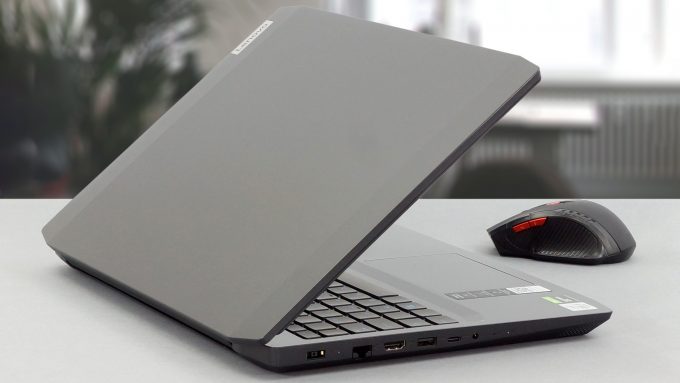 Naturally, budget gaming laptops attract a lot of interest. And after the success of introducing the Ideapad Gaming series last year, Lenovo is trying to hit harder than ever in 2020. Quite possibly, the Ideapad Gaming 3i (15) is the hottest property in the budget gaming device market, we will see how well did Lenovo balance between the low price and the quality of execution.
Naturally, budget gaming laptops attract a lot of interest. And after the success of introducing the Ideapad Gaming series last year, Lenovo is trying to hit harder than ever in 2020. Quite possibly, the Ideapad Gaming 3i (15) is the hottest property in the budget gaming device market, we will see how well did Lenovo balance between the low price and the quality of execution.
And we are really looking forward to seeing a better physical execution, as the Ideapad Gaming L340 (15) felt cheap and not very rigid. Enough about that, though, because this laptop now comes with the 10th Gen Coffee Lake-H processors from Intel, maxing out with the Core i7-10750H, and being able to carry the GTX 1650 Ti at most. While this is definitely not the most powerful GPU out there, it is pretty much all we expected. Let’s not forget that the Ideapad Gaming series refer to the Legion laptops like the Pavilion Gaming series do so to the Omen lineup of HP.
So, ultimately the top of the line display option here would be a 120Hz IPS unit, whereas the budget solution will be a 60Hz IPS panel. Despite the lack of ultrafast options, this marks a huge improvement over the TN base display you got from its predecessor.
You can check the prices and configurations in our Specs System: https://laptopmedia.com/series/lenovo-ideapad-3-15-gaming/
Contents
Specs Sheet
- HDD/SSD
- hasta 2256GB SSD + hasta 2000GB HDD
- Ranura M.2
- 2x 2280 M.2 NVMe slots Ver foto
- RAM
- up to 64GB
- OS
- Windows 10 Home, Windows 10 Pro, No OS
- Batería
- 45Wh, 3-cell, 45Wh, 60Wh, 4-cell, Lenovo IdeaPad 3 15 Gaming
- Material del cuerpo
- Plastic / Polycarbonate
- Dimensiones
- 359 x 249.6 x 24.9 mm (14.13" x 9.83" x 0.98")
- Peso
- 2.20 kg (4.9 lbs)
- Puertos y conectividad
- 2x USB Type-A
- 3.2 Gen 1 (5 Gbps)
- 1x USB Type-C
- 3.2 Gen 1 (5 Gbps)
- HDMI
- 2.0
- Ethernet LAN
- 10, 100, 1000 Mbit/s
- Wi-Fi
- 802.11ac/ax
- Bluetooth
- 5.0
- Conector de audio
- 3.5 mm combo
- Features
- Lector de huellas dactilares
- Cámara web
- HD
- Teclado retroiluminado
- Micrófono
- Dual Array Microphone
- Altavoces
- 2x 1.5W, Dolby Audio
- Unidad óptica
- Ranura de bloqueo de seguridad
- Kensington Lock
Todo Lenovo IdeaPad 3 (15”) Gaming configuraciones
What’s in the box?
Inside the package, we found some paper manuals, a 135W power adapter, as well as screws and the ribbon cable attachment for a 2.5″ SATA drive installation.
Design and construction
Needless to say, this notebook is entirely built out of plastic. And a glossy one, in fact. This makes it easy to scratch, but on the bright side, Lenovo has gone all the way redesigning the entire notebook. Now it has some edges on the lid, in contrast to the flat one of its predecessor, borrowed from the Ideapad L340. The laptop, itself, weighs 2.20 kg and has a profile of 24.9mm, which is neither the lightest, nor the thinnest notebook on the market, but it will do the job.
Impressively, you can easily open its lid with a single hand, and above the display, you will see an HD camera with a privacy shutter.
Looking at the base reveals something familiar. It happens that this device borrows its keyboard from the Legion 5 (15), which is a great idea! It has decent key travel, clicky feedback, and humongous arrow keys, making it one of the best gaming keyboards, especially on the market for budget gaming notebooks. Moreover, it has a light-blue (white) backlight. As of the touchpad – it uses a Mylar surface, imitating glass, and providing great gliding and tracking.
In terms of rigidity, we observed some flex, especially from the lid, and also the keyboard deck happens to bend a little under pressure.
Next, there is the bottom panel, which houses the ventilation grills, and the speaker cutouts. Interestingly, the heat exhaust is located in between the lid and the base, and while most of the air is aimed towards the hinges cover, some of it manages to escape from underneath the lid, itself. Additionally, there is a tiny outlet on the right side of the laptop, that allows a very little amount of hot air to get out of the device.
Ports
On the left side of the notebook, you can see the proprietory power plug, followed by an RJ-45 connector, an HDMI 2.0 connector, a USB Type-A 3.1 (Gen. 1) port, a USB Type-C 3.1 (Gen. 1) port and an Audio Jack. Switch sides and you’ll only see a single USB Type-A 3.1 (Gen. 1) port.
Disassembly, upgrade options and maintenance
Getting inside of this machine is certainly not very difficult. After you undo all of the 10 Phillips-head screws, you need to pry the bottom panel away with a plastic tool. That’s it.
Despite bearing a lot of similarities to last year’s model, we see that the cooling has gone through some change. Now, the heat pipes are equal in size and one of them goes all the way around the fans to attach to a separate tiny heat sink. Additionally, from the visual perspective, the fans housings are now painted black, which doesn’t make them perform better, but certainly gives Lenovo some points for looks.
Now, let’s take a look at the upgradability. The Ideapad Gaming 3i (15) supports dual-channel memory via its two RAM SODIMM slots. Lenovo states that there are configurations equipped with up to 16GB of DDR4 memory, but we are pretty positive it can work with 32GB in total. Storage-wise, there is a single 2.5-inch SATA drive bay (additional screws and ribbon cable are found inside the packaging), and an M.2 PCIe x4 drive slot. Furthermore, there is one M.2 slot, which can also be used for storage, but you have to give away the 2.5-inch drive.
In terms of battery, you will get a 45Wh unit.
Display quality
Lenovo Ideapad Gaming 3i (15) is equipped with a Full HD IPS panel, model number AUO B156HAN02.1 (AUO21ED). Its diagonal is 15.6″ (39.62 cm), and the resolution – 1920 х 1080p. Additionally, the screen ratio is 16:9, the pixel density – 142 ppi, their pitch – 0.18 x 0.18 mm. The screen can be considered Retina when viewed from at least 60 cm (from this distance, the average human eye can’t see the individual pixels).
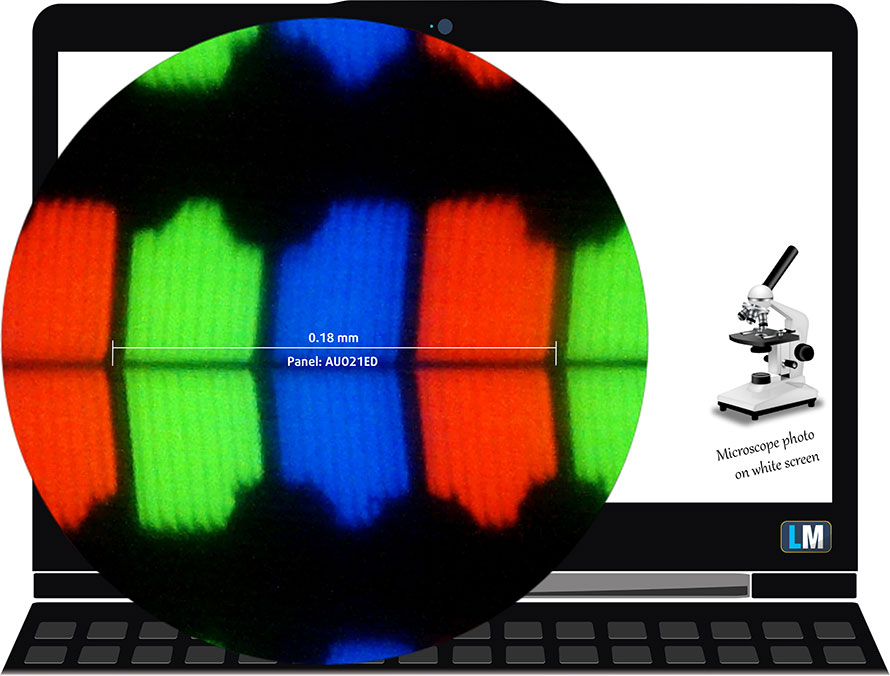
Viewing angles are good. We offer images at different angles to evaluate the quality.

The maximum measured brightness is 255 nits (cd/m2) in the middle of the screen and 242 nits (cd/m2) average across the surface with a maximum deviation of 6%. The Correlated Color Temperature on a white screen and at maximum brightness is 6680K (average) – slightly colder than the 6500K optimum for sRGB.
In the illustration below you can see how the display performs from uniformity perspective. The illustration below shows how matters are for operational brightness levels (approximately 140 nits) – in this particular case at 86% Brightness (White level = 145 cd/m2, Black level = 0.11 cd/m2).
Values of dE2000 over 4.0 should not occur, and this parameter is one of the first you should check if you intend to use the laptop for color-sensitive work (a maximum tolerance of 2.0 ). The contrast ratio is very good – 1330:1.
To make sure we are on the same page, we would like to give you a little introduction to the sRGB color gamut and the Adobe RGB. To start, there’s the CIE 1976 Uniform Chromaticity Diagram that represents the visible specter of colors by the human eye, giving you a better perception of the color gamut coverage and the color accuracy.
Inside the black triangle, you will see the standard color gamut (sRGB) that is being used by millions of people in HDTV and on the web. As for the Adobe RGB, this is used in professional cameras, monitors, etc for printing. Basically, colors inside the black triangle are used by everyone and this is the essential part of the color quality and color accuracy of a mainstream notebook.
Still, we’ve included other color spaces like the famous DCI-P3 standard used by movie studios, as well as the digital UHD Rec.2020 standard. Rec.2020, however, is still a thing of the future and it’s difficult for today’s displays to cover that well. We’ve also included the so-called Michael Pointer gamut, or Pointer’s gamut, which represents the colors that naturally occur around us every day.
The yellow dotted line shows Lenovo Ideapad Gaming 3i (15)’s color gamut coverage.
Its display covers 53% of the sRGB/ITU-R BT.709 (web/HDTV standard) in CIE1976.

Our “Design and Gaming” profile delivers optimal color temperature (6500K) at 140 cd/m2 luminance and sRGB gamma mode.
We tested the accuracy of the display with 24 commonly used colors like light and dark human skin, blue sky, green grass, orange, etc. You can check out the results at factory condition and also, with the “Design and Gaming” profile.
Below you can compare the scores of Lenovo Ideapad Gaming 3i (15) with the default settings (left), and with the “Gaming and Web design” profile (right).
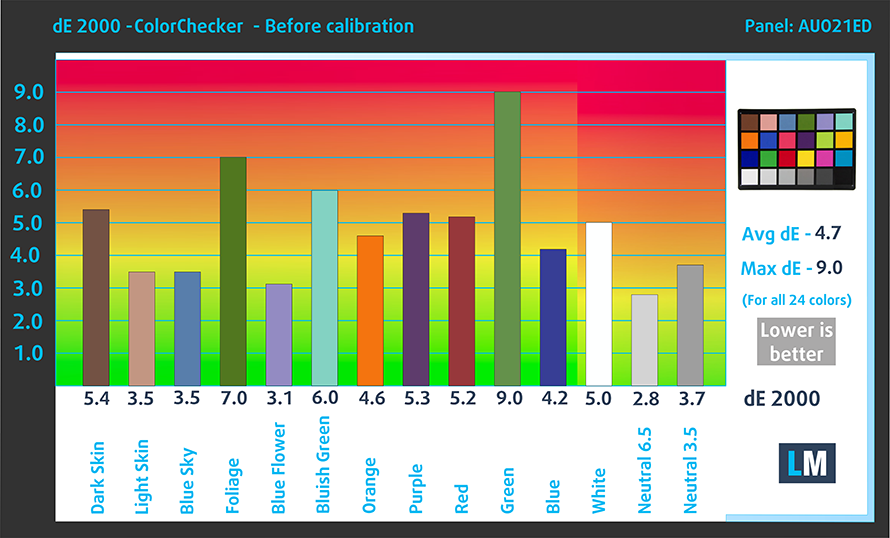
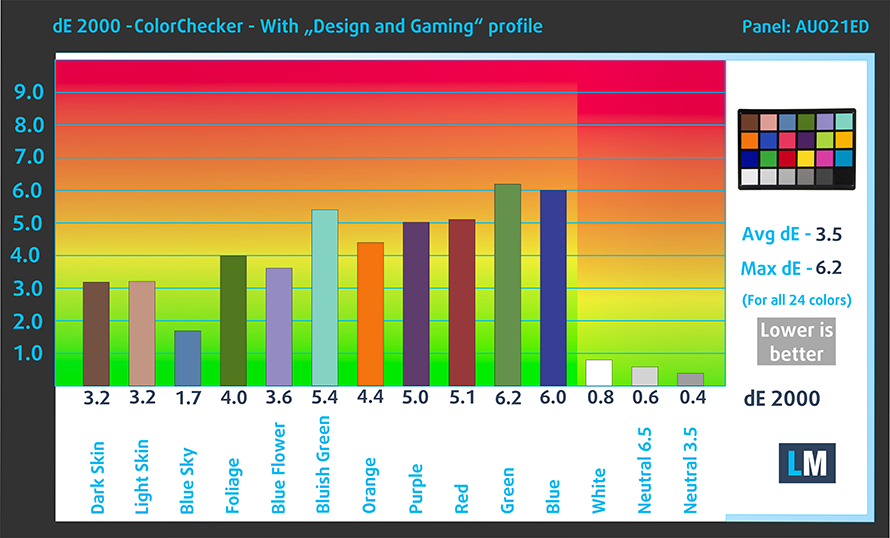
The next figure shows how well the display is able to reproduce really dark parts of an image, which is essential when watching movies or playing games in low ambient light.
The left side of the image represents the display with stock settings, while the right one is with the “Gaming and Web Design” profile activated. On the horizontal axis, you will find the grayscale and on the vertical axis – the luminance of the display. On the two graphs below you can easily check for yourself how your display handles the darkest nuances but keep in mind that this also depends on the settings of your current display, the calibration, the viewing angle, and the surrounding light conditions.
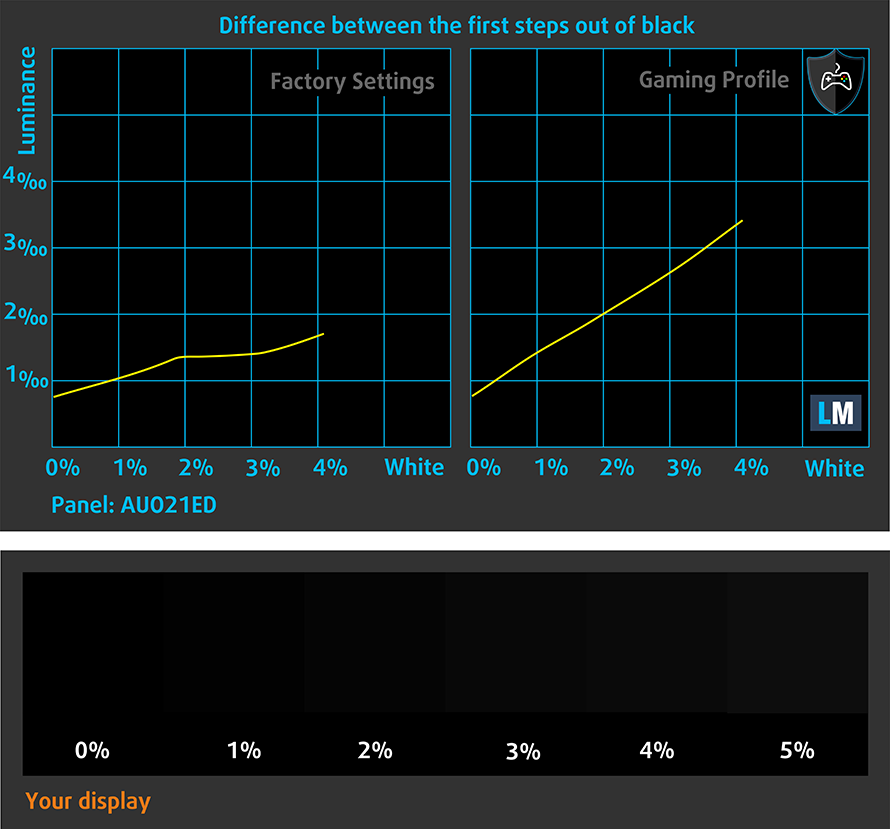
Response time (Gaming capabilities)
We test the reaction time of the pixels with the usual “black-to-white” and “white-to-black” method from 10% to 90% and vice versa.
We recorded Fall Time + Rise Time = 25 ms.
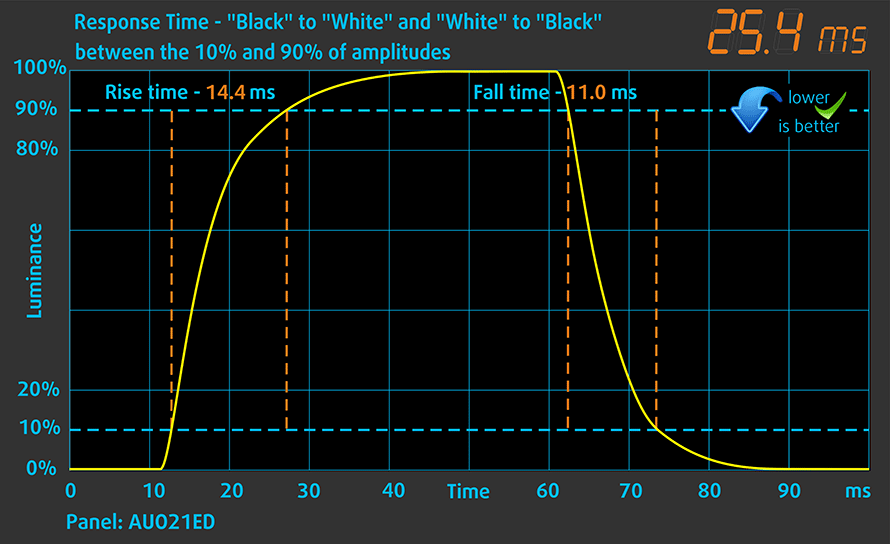
Health impact – PWM / Blue Light
PWM (Screen flickering)
Pulse-width modulation (PWM) is an easy way to control monitor brightness. When you lower the brightness, the light intensity of the backlight is not lowered, but instead turned off and on by the electronics with a frequency indistinguishable to the human eye. In these light impulses, the light/no-light time ratio varies, while brightness remains unchanged, which is harmful to your eyes. You can read more about that in our dedicated article on PWM.
Lenovo Ideapad Gaming 3i (15)’s display doesn’t use PWM to adjust its brightness levels at any point. This makes it comfortable for long use periods, without harming your eyes in this aspect.
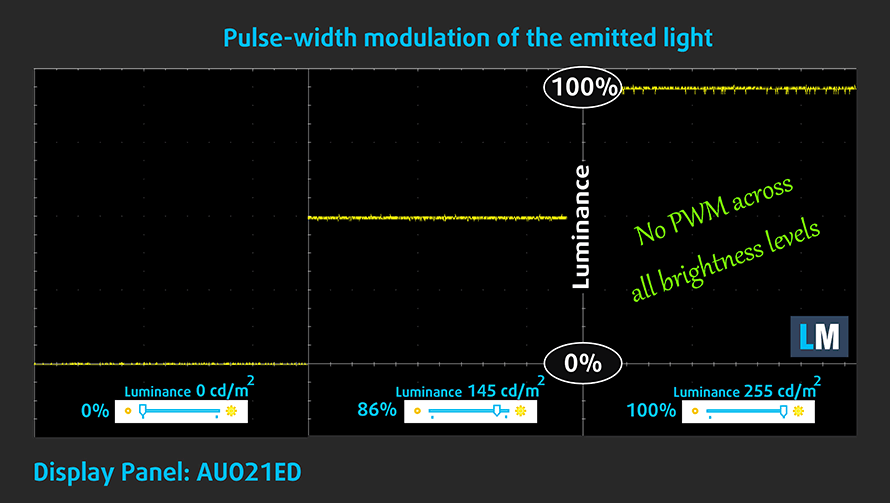
Blue light emissions
Installing our Health-Guard profile not only eliminates PWM but also reduces the harmful Blue Light emissions while keeping the colors of the screen perceptually accurate. If you’re not familiar with the Blue light, the TL;DR version is – emissions that negatively affect your eyes, skin, and your whole body. You can find more information about that in our dedicated article on Blue Light.
Conclusions
Lenovo Ideapad Gaming 3i (15)’s display has an IPS panel with a Full HD resolution, comfortable viewing angles, good contrast ratio, and a non-flickering backlight. However, it has a poor color coverage with 53% of sRGB and bad color accuracy, corresponding to the budget nature of the device.
Buy our profiles
Since our profiles are tailored for each individual display model, this article and its respective profile package are meant for Lenovo Ideapad Gaming 3i (15) configurations with 15.6″ AUO B156HAN02.1 (AUO21ED), (FHD, 1920 × 1080) IPS.
*Should you have problems with downloading the purchased file, try using a different browser to open the link you’ll receive via e-mail. If the download target is a .php file instead of an archive, change the file extension to .zip or contact us at [email protected].
Read more about the profiles HERE.
Además de recibir perfiles eficientes y respetuosos con la salud, al comprar los productos de LaptopMedia también apoyas el desarrollo de nuestros laboratorios, donde probamos los dispositivos para elaborar las reseñas más objetivas posibles.

Trabajo de oficina
El perfil Trabajo de Oficina debería ser utilizado sobre todo por usuarios que pasan la mayor parte del tiempo mirando trozos de texto, tablas o simplemente navegando. Este perfil pretende ofrecer una mayor nitidez y claridad manteniendo una curva de gamma plana (2,20), una temperatura de color nativa y colores perceptualmente precisos.

Diseño y juego
Este perfil está dirigido a los diseñadores que trabajan con los colores de forma profesional, y también para juegos y películas. Design and Gaming lleva a los paneles de visualización a sus límites, haciéndolos tan precisos como sea posible en el estándar sRGB IEC61966-2-1 para Web y HDTV, en el punto blanco D65.

Salud-Guardia
Salud-Guardia elimina la perjudicial Modulación de Ancho de Pulso (PWM) y reduce la luz azul negativa que afecta a nuestros ojos y a nuestro cuerpo. Al estar adaptado a cada panel, consigue mantener los colores perceptivamente precisos. Salud-Guardia simula el papel, por lo que la presión sobre los ojos se reduce considerablemente.
Consigue los 3 perfiles con un 33% de descuento
Sound
Lenovo Ideapad Gaming 3i (15)’s speakers produce a sound with decent quality. Its low, mid, and high tones are clear of deviations.
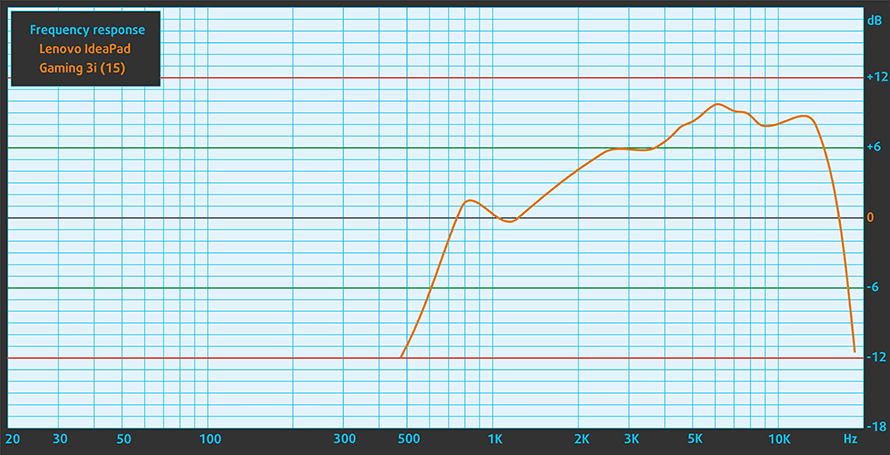
Drivers
All of the drivers and utilities for this notebook can be found here: https://pcsupport.lenovo.com/us/en/products/laptops-and-netbooks/3-series/ideapad-gaming-3-15imh05/downloads/driver-list
Battery
Now, we conduct the battery tests with Windows Better performance setting turned on, screen brightness adjusted to 120 nits, and all other programs turned off except for the one we are testing the notebook with. Expectedly, the 45Wh battery pack delivered an unimpressive performance, resulting in 5 hours and 44 minutes of Web browsing and 5 hours and 25 minutes of video playback.
Para simular las condiciones de la vida real, utilizamos nuestro propio script de navegación automática por más de 70 sitios web.


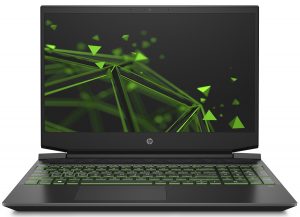
Para cada prueba de este tipo, utilizamos el mismo vídeo en HD.



CPU options
Here, we are looking at the Intel version of the model. It comes with two options – the quad-core Core i5-10300H, or the hexa-core Core i7-10750H.
Los resultados proceden de la prueba de CPU Cinebench 20 (cuanto mayor sea la puntuación, mejor)
Los resultados proceden de nuestra prueba de referencia de Photoshop (cuanto más baja sea la puntuación, mejor)
GPU options
In terms of graphics, you can get either the GeForce GTX 1650 or the GTX 1650 Ti.
Los resultados proceden de la prueba 3DMark: Time Spy (Graphics) (cuanto mayor sea la puntuación, mejor)
Los resultados proceden de la prueba 3DMark: Fire Strike (Graphics) (cuanto mayor sea la puntuación, mejor)
Los resultados proceden de la prueba comparativa Unigine Superposition (cuanto mayor sea la puntuación, mejor)
Gaming tests
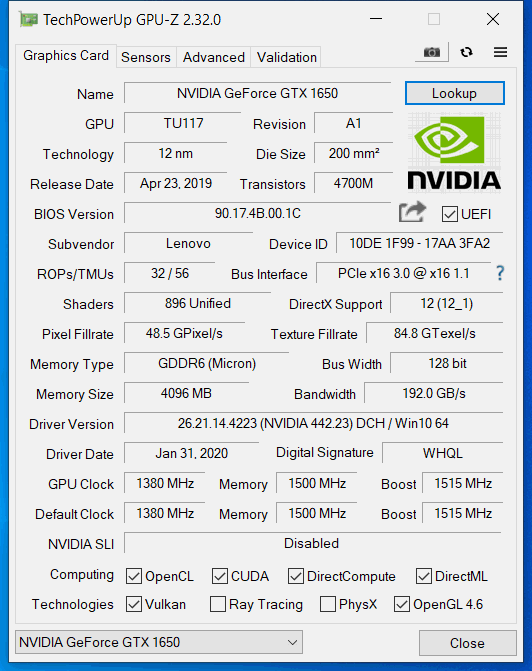

| Far Cry 5 | Full HD, Normal (Check settings) | Full HD, High (Check settings) | Full HD, Ultra (Check settings) |
|---|---|---|---|
| NVIDIA GeForce GTX 1650 | 65 fps | 60 fps | 56 fps |

| Rise of the Tomb Raider (2016) | Full HD, Lowest (Check settings) | Full HD, Medium (Check settings) | Full HD, Very High (Check settings) |
|---|---|---|---|
| NVIDIA GeForce GTX 1650 | 113 fps | 81 fps | 40 fps |

| Shadow of the Tomb Raider (2018) | Full HD, Lowest (Check settings) | Full HD, Medium (Check settings) | Full HD, High (Check settings) |
|---|---|---|---|
| NVIDIA GeForce GTX 1650 | 85 fps | 54 fps | 49 fps |

| Tom Clancy’s Ghost Recon Wildlands | Full HD, Medium (Check settings) | Full HD, High (Check settings) | Full HD, Very High (Check settings) |
|---|---|---|---|
| NVIDIA GeForce GTX 1650 | 56 fps | 52 fps | 46 fps |
Temperatures and comfort
Max CPU load
In this test we use 100% on the CPU cores, monitoring their frequencies and chip temperature. The first column shows a computer’s reaction to a short load (2-10 seconds), the second column simulates a serious task (between 15 and 30 seconds), and the third column is a good indicator of how good the laptop is for long loads such as video rendering.
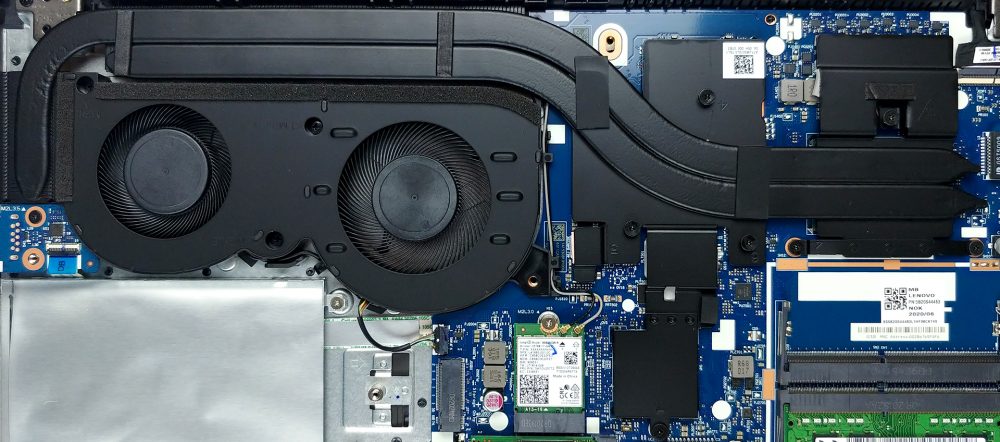
Average core frequency (base frequency + X); CPU temp.
| Intel Core i5-10300H (45W TDP) | 0:02 – 0:10 sec | 0:15 – 0:30 sec | 10:00 – 15:00 min |
|---|---|---|---|
| Lenovo Ideapad Gaming 3i (15) | 4.00 GHz (B+60%) @ 94°C | 3.76 GHz (B+50%) @ 94°C | 3.57 GHz (B+43%) @ 94°C |
| Acer Predator Triton 300 (PT315-52) | 3.35 GHz (B+34%) @ 72°C | 3.33 GHz (B+33%) @ 79°C | 3.31 GHz (B+32%) @ 84°C |
Honestly, the processor inside of this machine is not living its best life. However, it performs massively good for a Core i5-10300H, as you can see in the table, where we compared it to the Predator Triton 300 (PT315-52).
Real-life gaming
| NVIDIA GeForce GTX 1650 | GPU frequency/ Core temp (after 2 min) | GPU frequency/ Core temp (after 30 min) |
|---|---|---|
| Lenovo Ideapad Gaming 3i (15) | 1593 MHz @ 72°C | 1579 MHz @ 75°C |
| Lenovo Legion 5 (15) | 1659 MHz @ 58°C | 1671 MHz @ 56°C |
| Acer Nitro 5 (AN517-52) | 1746 MHz @ 65°C | 1723 MHz @ 71°C |
| Dell Inspiron 15 7590 | 1395 MHz @ 80°C | 1395 MHz @ 84°C |
| Acer Aspire 7 (A715-74G) | 1552 MHz @ 70°C | 1532 MHz @ 76°C |
| Dell G3 15 3590 | 1605 MHz @ 67°C | 1566 MHz @ 74°C |
| ASUS ROG G531 | 1461 MHz @ 65°C | 1408 MHz @ 71°C |
| ASUS TUF FX705 | 1566 MHz @ 74°C | 1568 MHz @ 74°C |
| Acer Nitro 7 (AN715-51) | 1633 MHz @ 61°C | 1599 MHz @ 67°C |
Well, things don’t look bright in the GPU compartment, as well. While not too bad, you can see a clear disadvantage to the more expensive Legion 5 (15).
Gaming comfort
Heat on the inside results in heat on the outside. Sadly, we can see above 50C on the keyboard, and just for fun, we aimed the IR sensor to the hottest spot of the device – where the hot air is blown at, and what we got was above 60C – perfectly good for souse vide cooking.

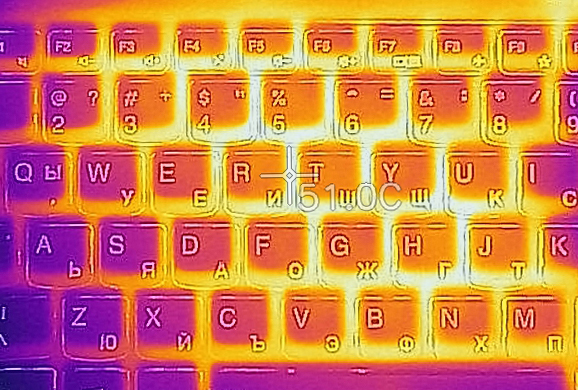
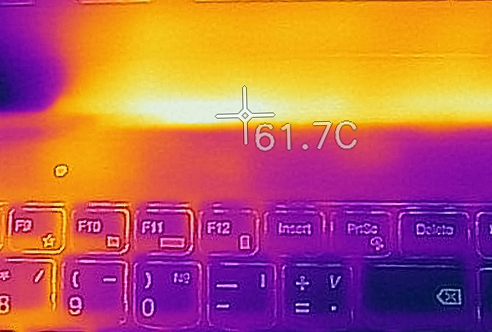
Verdict
How much are you willing to spend on a gaming laptop? $1000? $900? Or even that is out of your limit. Fear not, because Lenovo offers a very budget-conscious machine that will definitely do the job. You got everything an entry-level gamer needs. Fast storage, a comfortable keyboard, and of course – decent performance.
Don’t let the incognito look fool you. This laptop is a pure gaming device, and while the Core i7-10750H and GTX 1650 Ti may not be the top of every AAA title at max settings and 1080p resolution, it will certainly be able to run some of the latest games for a couple of years, at least.
Of course, you will have to sacrifice some features, like Thunderbolt connectivity, and sadly – an SD card reader, but other than that we were extremely happy with the device.
Additionally, Lenovo Ideapad Gaming 3i (15)’s display has an IPS panel with a Full HD resolution, comfortable viewing angles, good contrast ratio, and a non-flickering backlight. However, it has a poor color coverage with 53% of sRGB and bad color accuracy, corresponding to the budget nature of the device.
And yes, it also comes with a 120Hz display option, but keep in mind that purchasing the highest-tier model of the Ideapad Gaming 3i (15) will result in a not-so-low-budget execution.
Nevertheless, this notebook is on point, but if you want to check something else in this price category, don’t forget to pay a visit to the HP Pavilion Gaming 15 (15-ec0000).
Pros
- Great price/performance ratio
- Sleek design and easy to open lid
- Good keyboard with decent travel, clicky feedback, and an optional RGB backlight
- Two M.2 slots
- The display doesn’t flicker at any brightness level (LM156LF-2F01)
- Has a good contrast ratio and comfortable viewing angles (LM156LF-2F01)
- 120Hz fast display options
Cons
- Lacks an SD card reader and Thunderbolt support
- Covers only 53% of sRGB (LM156LF-2F01)
You can check the prices and configurations in our Specs System: https://laptopmedia.com/series/lenovo-ideapad-3-15-gaming/
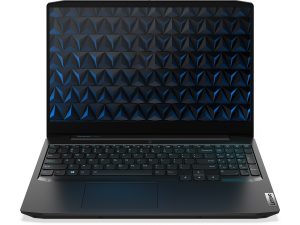

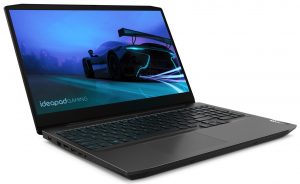
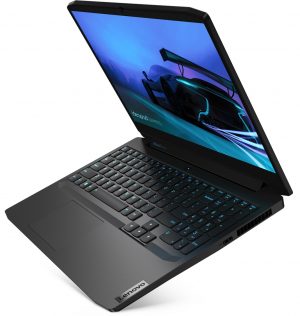
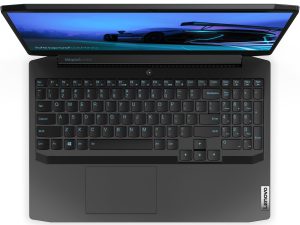
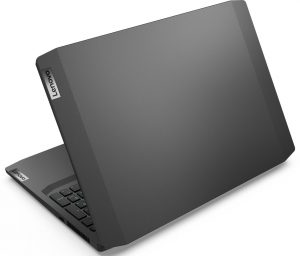
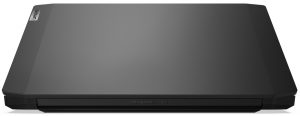
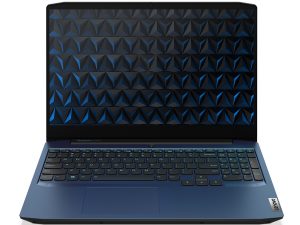
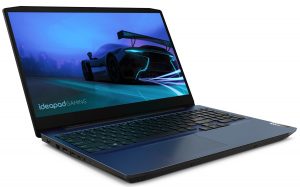
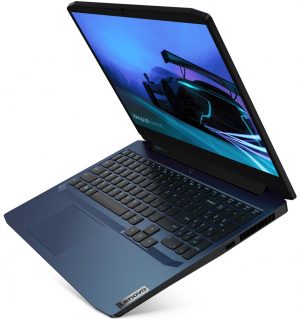
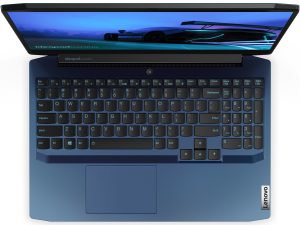
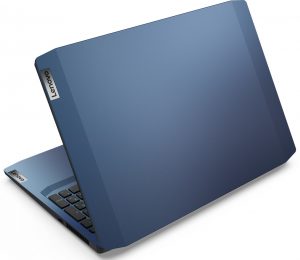
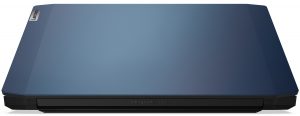

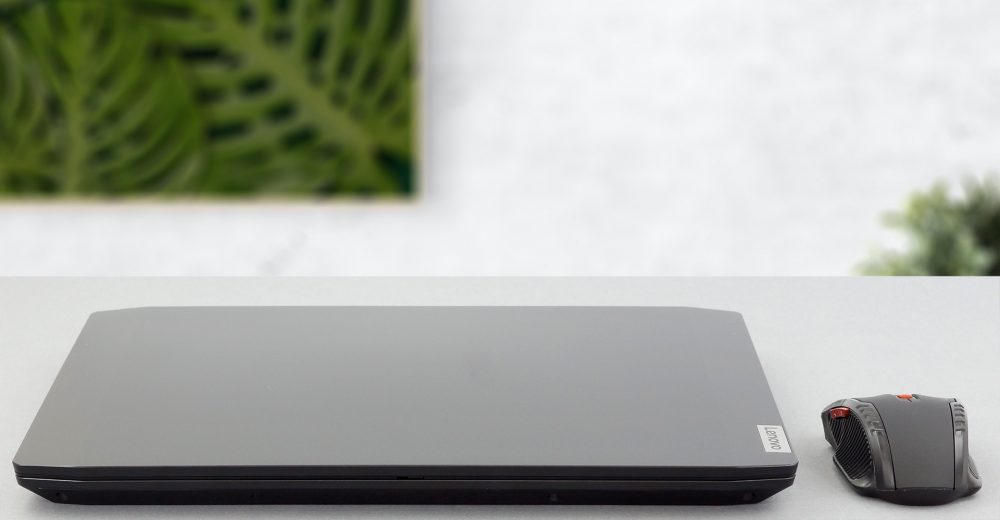
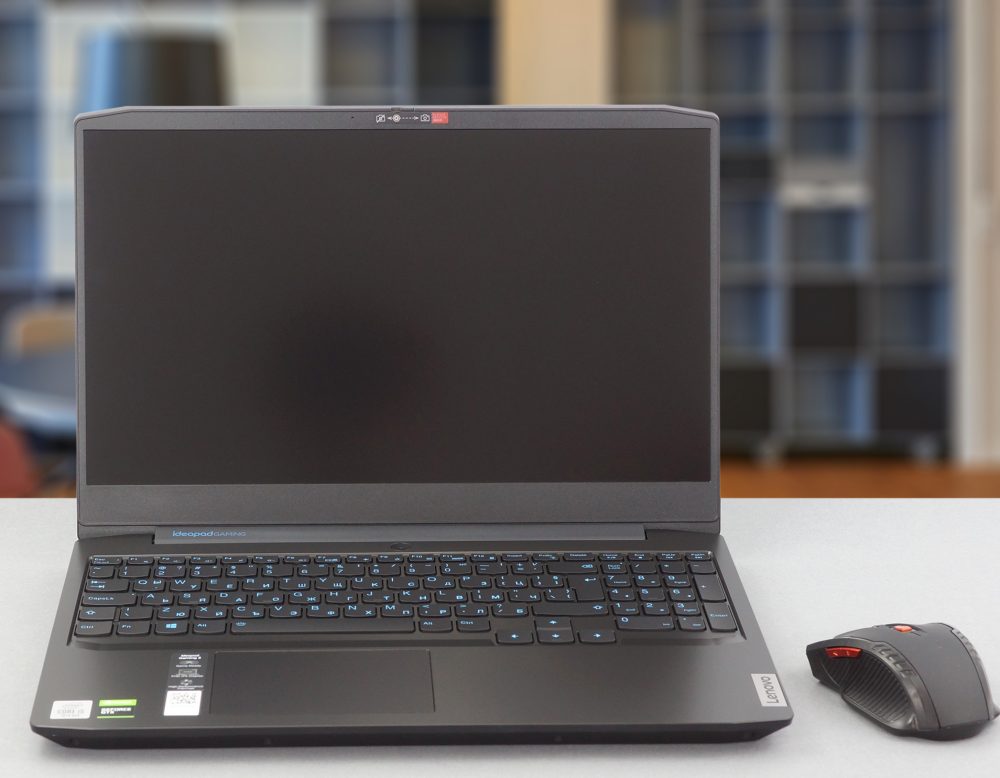
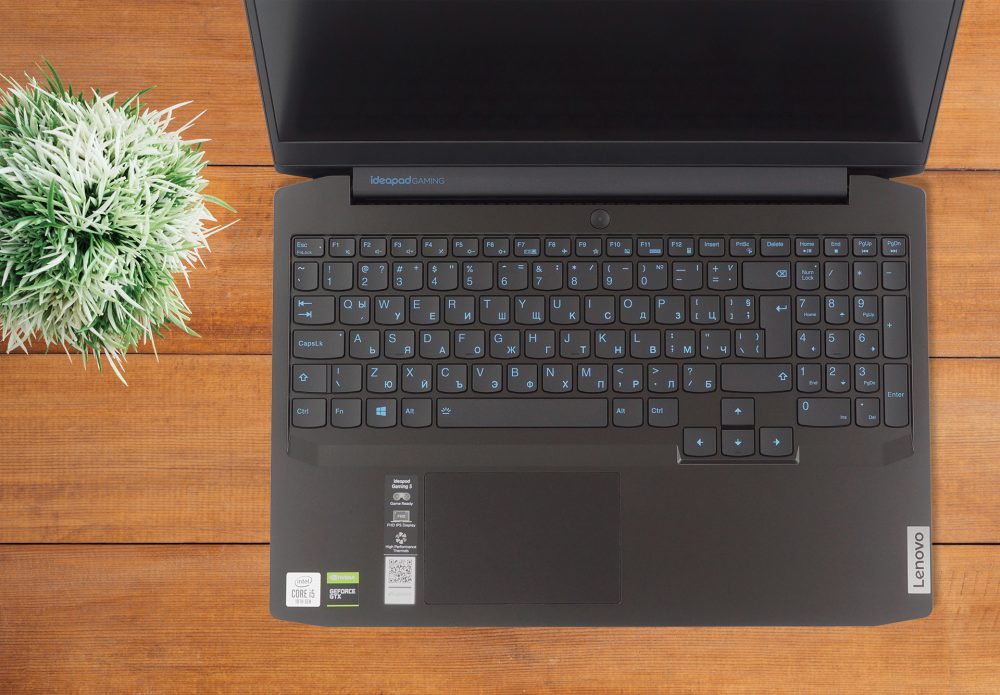
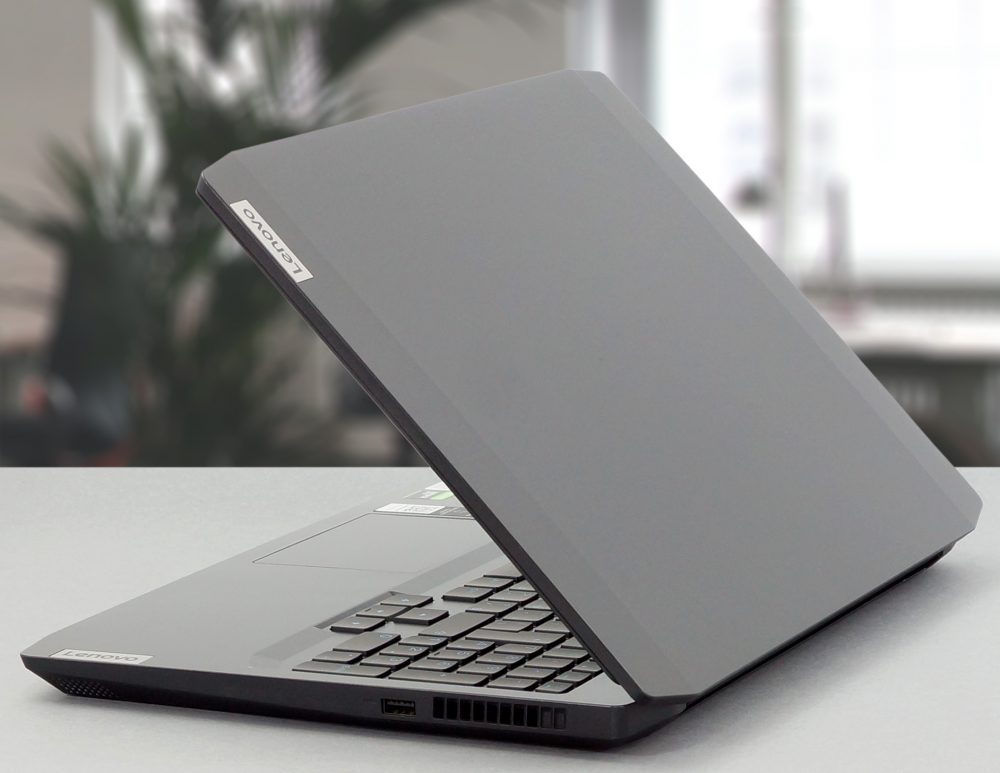



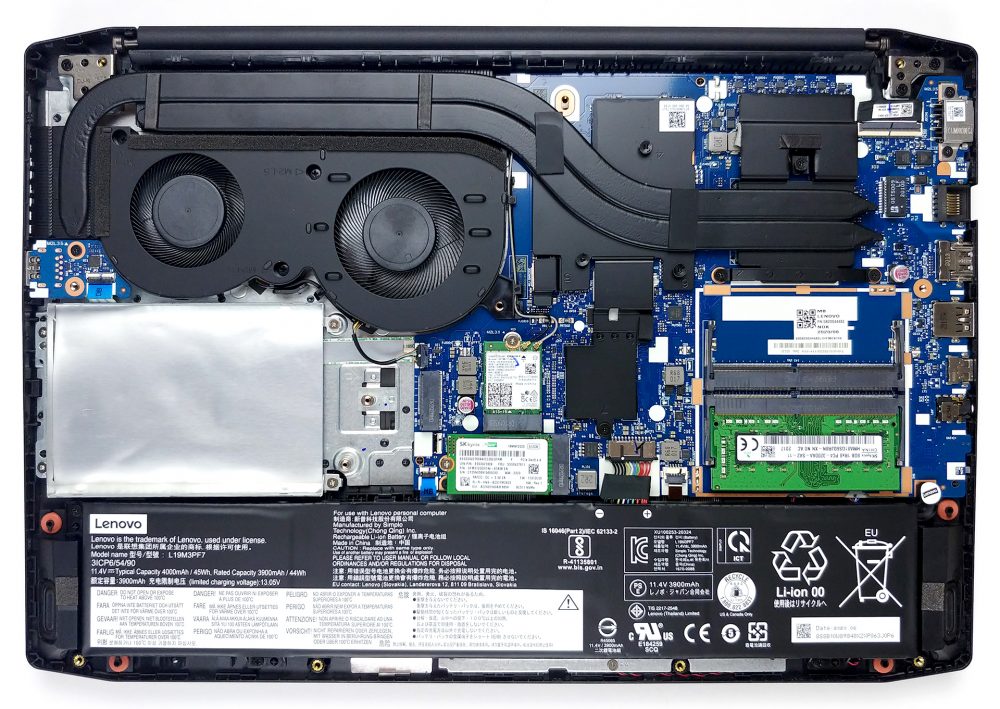
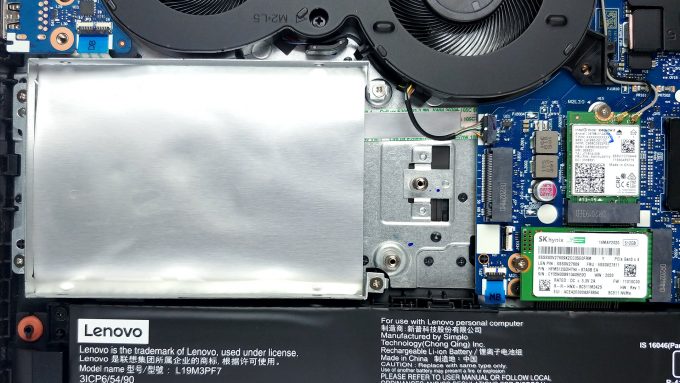
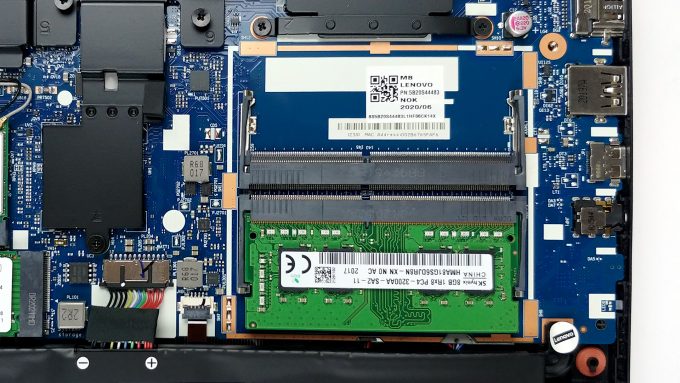

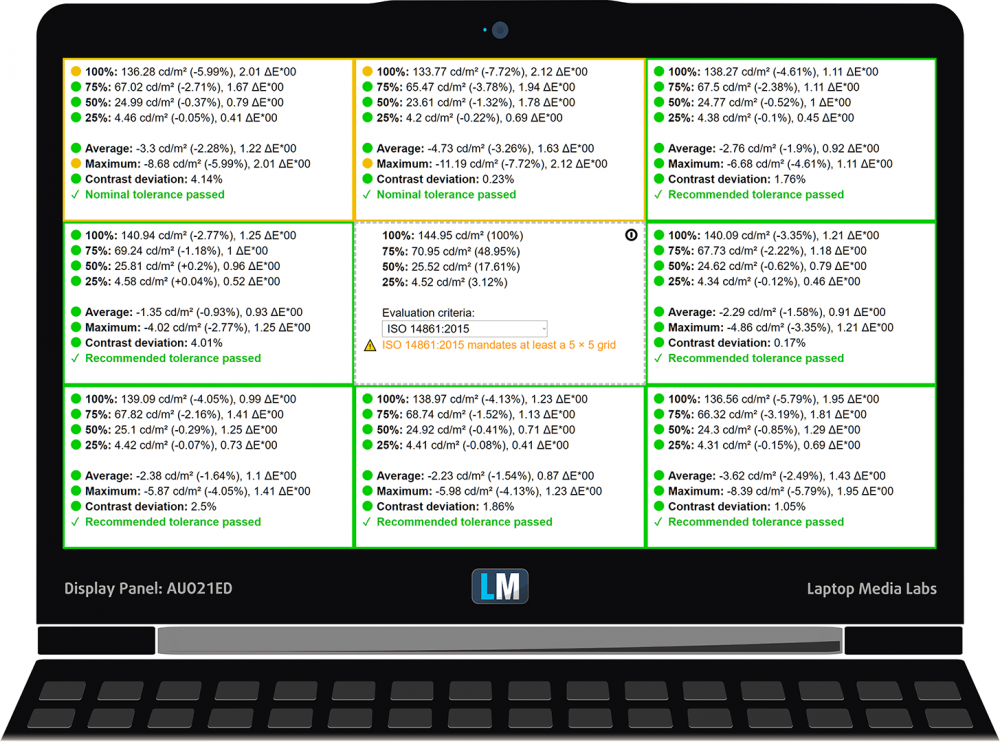









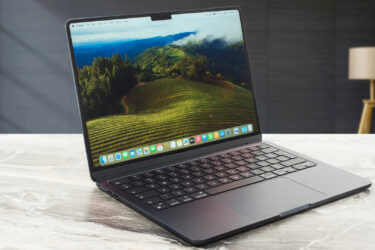
SSD doesn’t look like 2280 to me..?
it’s 2242
I’m a pixel artist and game developer. Do you think 53% of sRGBd will be a problem for me?
Yes it will be a huge problem. Considering you would be working with pixels and color, it would really help if your colors would look the same on different monitors. I was pretty happy with my 3i until I realized that the color performance was so poor. For reference A shade of violet on my external monitor would look blue. You can still buy the laptop but i would highly suggest getting an external monitor or buying the 144hz 72%ntsc panel from lenovo.